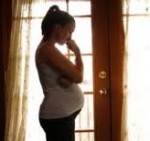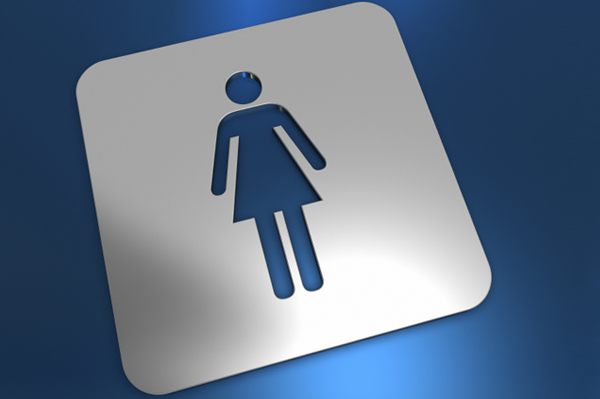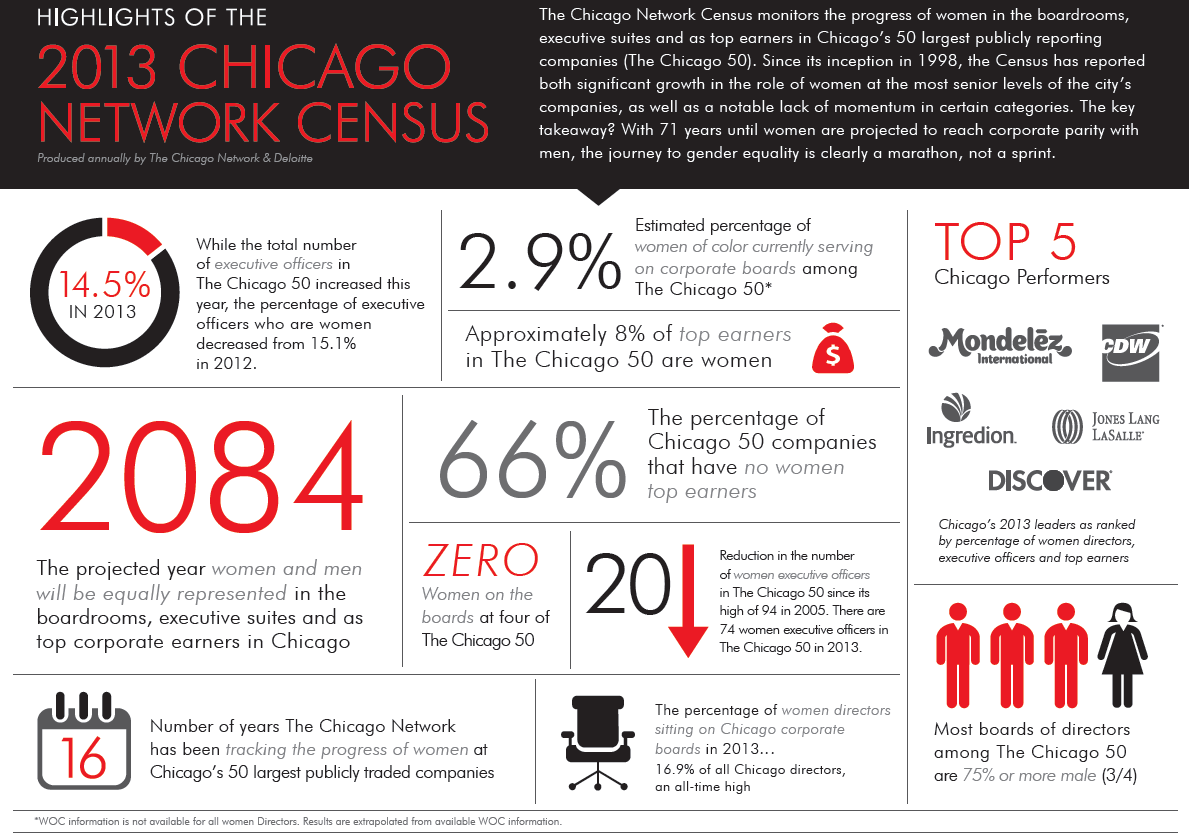People who had most of their daily exposure to even moderately bright light in the morning had a significantly lower body mass index (BMI) than those who had most of their light exposure later in the day, the study found. “The earlier this light exposure occurred during the day, the lower individuals’ body mass index,” said co-lead author Kathryn Reid, research associate professor of neurology at Northwestern University Feinberg School of Medicine. “The later the hour of moderately bright light exposure, the higher a person’s BMI.”
The influence of morning light exposure on body weight was independent of an individual’s physical activity level, caloric intake, sleep timing, age or season. It accounted for about 20 percent of a person’s BMI.
“Light is the most potent agent to synchronize your internal body clock that regulates circadian rhythms, which in turn also regulate energy balance,” said study senior author Phyllis C. Zee, M.D. “The message is that you should get more bright light between 8 a.m. and noon.” About 20 to 30 minutes of morning light is enough to affect BMI.
Zee is the Benjamin and Virginia T. Boshes Professor of Neurology and director of the Northwestern Medicine Sleep and Circadian Rhythms Research Program at Northwestern University Feinberg School of Medicine. She also is a neurologist at Northwestern Memorial Hospital.
“If a person doesn’t get sufficient light at the appropriate time of day, it could de-synchronize your internal body clock, which is known to alter metabolism and can lead to weight gain,” Zee said. The exact mechanism of how light affects body fat requires further research, she noted.
The study was published April 2 in the journal PLOS ONE. Giovanni Santostasi, a research fellow in neurology at Feinberg, also is a co-lead author.
What’s the Magic Number for Low BMI?
Many people do not get enough natural light in the morning, Zee said, because the American lifestyle is predominantly indoors. We also work in poorly lit environments, usually about 200 to 300 lux. In the study, 500 lux was “the magic number” or minimum threshold for having a lower BMI. Even on a cloudy day, outdoor light is more than 1,000 lux of brightness. It is difficult to achieve this light level with usual indoor lighting, the scientists noted.
Light May Be Next Frontier for Weight Loss
“Light is a modifiable factor with the potential to be used in weight management programs,” Reid said. “Just like people are trying to get more sleep to help them lose weight, perhaps manipulating light is another way to lose weight.”
The study included 54 participants (26 males, 28 females), an average age of 30. They wore a wrist actigraphy monitor that measured their light exposure and sleep parameters for seven days in normal-living conditions. Their caloric intake was determined from seven days of food logs.
Source: Northwestern News Service, author Marla Paul
 Pain from inflammation may greatly reduce sexual motivation. The direct impact of pain on sexual behavior was studied, possibly for the first time in any species, and reported by researchers in Canada. They found that pain due to inflammation greatly reduced sexual motivation in female mice in heat--but had no such effect on male mice.
Pain from inflammation may greatly reduce sexual motivation. The direct impact of pain on sexual behavior was studied, possibly for the first time in any species, and reported by researchers in Canada. They found that pain due to inflammation greatly reduced sexual motivation in female mice in heat--but had no such effect on male mice.
 It’s 2014 and women are still getting paid less than men in the workforce. While we’re all aware that this is happening, what’s less clear is why it’s happening. Earlier this month, some politicians voted down the equal pay bill by saying “There’s a disparity not because female engineers are making less than male engineers at the same company. The disparity exists because a female social worker makes less than a male engineer.” This statement implies that women get paid less than men because they choose to work in lower-paying jobs—but this is wrong. The majority of the pay gap between men and women “comes from differences within occupations, not between them.” Harvard University labor economist and scholar, Dr. Claudia Goldin calculated that placing more women into higher-paying occupations would “erase just 15 percent of the pay gap for all workers,” and the rest of the pay gap problems stem from within the workplace. In the medical industry, for example, women doctors and surgeons earn only 71% of men’s wages, even when controlling for age, race, hours, and education!
It’s 2014 and women are still getting paid less than men in the workforce. While we’re all aware that this is happening, what’s less clear is why it’s happening. Earlier this month, some politicians voted down the equal pay bill by saying “There’s a disparity not because female engineers are making less than male engineers at the same company. The disparity exists because a female social worker makes less than a male engineer.” This statement implies that women get paid less than men because they choose to work in lower-paying jobs—but this is wrong. The majority of the pay gap between men and women “comes from differences within occupations, not between them.” Harvard University labor economist and scholar, Dr. Claudia Goldin calculated that placing more women into higher-paying occupations would “erase just 15 percent of the pay gap for all workers,” and the rest of the pay gap problems stem from within the workplace. In the medical industry, for example, women doctors and surgeons earn only 71% of men’s wages, even when controlling for age, race, hours, and education! Depression, especially in pregnancy, is a sensitive subject. It impacts the woman, her child and her family and it affects between 14 and 23% women during pregnancy. Because of hormonal changes during pregnancy, a woman may not realize she is suffering from depression. A new, comprehensive guide about this condition that discusses symptoms and treatment to help women and their family members understand and cope with this issue is now available from the a site called PsychGuides. For a helpful resource visit
Depression, especially in pregnancy, is a sensitive subject. It impacts the woman, her child and her family and it affects between 14 and 23% women during pregnancy. Because of hormonal changes during pregnancy, a woman may not realize she is suffering from depression. A new, comprehensive guide about this condition that discusses symptoms and treatment to help women and their family members understand and cope with this issue is now available from the a site called PsychGuides. For a helpful resource visit  Most women think menopause means low estrogen, hot flashes, and the end to regular and monthly periods. This may not be the case, however. Researchers have found that women may experience an increase in the amount and duration of bleeding, which may occur sporadically throughout the transition of menopause.
Most women think menopause means low estrogen, hot flashes, and the end to regular and monthly periods. This may not be the case, however. Researchers have found that women may experience an increase in the amount and duration of bleeding, which may occur sporadically throughout the transition of menopause. A surprising new strategy for managing your weight? Bright morning light!! A new Northwestern Medicine®
A surprising new strategy for managing your weight? Bright morning light!! A new Northwestern Medicine®  Loss of bladder control, or urinary incontinence, is a problem that millions of women face. The involuntary loss of urine can range in presentation; it can be minimal, from a few drops when you laugh, exercise, or cough. Or, it can be an accident when you suddenly urge to urinate and can't keep it in. Most episodes of urinary incontinence are the result of altered pressures or stress on the muscles and nerves that help you pass or hold urine in. Hormone changes can also affect muscle strength. Like your vaginal tissue, the muscle tissue in and surrounding the bladder and urethra (the short tube that passes urine from the bladder out the body) requires estrogen to remain supple and strong. When estrogen levels drop in menopause, the tissue around the bladder and urethra thin and weaken,which can lead to incontinence.
Loss of bladder control, or urinary incontinence, is a problem that millions of women face. The involuntary loss of urine can range in presentation; it can be minimal, from a few drops when you laugh, exercise, or cough. Or, it can be an accident when you suddenly urge to urinate and can't keep it in. Most episodes of urinary incontinence are the result of altered pressures or stress on the muscles and nerves that help you pass or hold urine in. Hormone changes can also affect muscle strength. Like your vaginal tissue, the muscle tissue in and surrounding the bladder and urethra (the short tube that passes urine from the bladder out the body) requires estrogen to remain supple and strong. When estrogen levels drop in menopause, the tissue around the bladder and urethra thin and weaken,which can lead to incontinence.
 Dental health is often overlooked or thought of once a year in our annual cleaning in the dentist’s office. But practicing good oral care can save you expensive dental repair procedures down the road! Three simple steps can help you keep your mouth healthy.
Dental health is often overlooked or thought of once a year in our annual cleaning in the dentist’s office. But practicing good oral care can save you expensive dental repair procedures down the road! Three simple steps can help you keep your mouth healthy. The increased risk of death associated with alcohol intake is not the same for men and women. A study that compared the amount of alcohol consumed and death from all causes among nearly 2.5 million women and men showed that the differences between the sexes became greater as alcohol intake increased, as described in an article in Journal of Women’s Health, a peer-reviewed publication from Mary Ann Liebert, Inc., publishers. The article is available free on the
The increased risk of death associated with alcohol intake is not the same for men and women. A study that compared the amount of alcohol consumed and death from all causes among nearly 2.5 million women and men showed that the differences between the sexes became greater as alcohol intake increased, as described in an article in Journal of Women’s Health, a peer-reviewed publication from Mary Ann Liebert, Inc., publishers. The article is available free on the